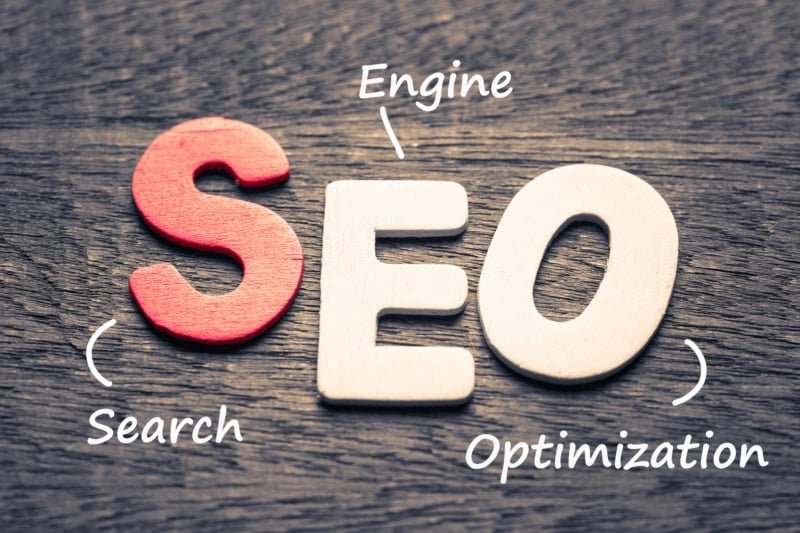What do you think of when you see the letters S-E-O? Do you think of a man in a hockey mask, carrying a chainsaw, chasing you through your home? Or, maybe the neighbor’s Rottweiler is “joining” you for your morning run? If so, you’re not alone. Many website/blog site owners are afraid of SEO, even more than a trip to the dentist; while the actual phrase “Search Engine Optimization” will send them back to bed to pull the covers over their heads.
Fear not! As usual, the team at TD Fall is here to help you overcome your fear and optimize your website to the max!
Is your website optimized for search engines?
Do you have a list of effective keywords for your content?
Has traffic to your website stopped growing?
What is SEO?
First things first – and let’s keep it simple. SEO is not some kind of mysterious, online magic that can only be performed by uber-geeks. On the contrary, Search Engine Optimization is a set of techniques and strategies that are used by successful websites to generate interest from the search engines, helping them to direct visitors to your website. Basically, if the search engines are the traffic cops pointing folks in the right direction, then SEO is the map that they use to safely and efficiently lead those folks to you.
Now that you know the purpose of SEO, you can begin to understand its value as well.
Many people seem to believe that Google and the other search engines are like God; all-seeing, all-knowing, and all-loving. Well, while the first two may be true, Google, Bing, and Yahoo will only “love” you, and by that we mean send prospects to you, if you give them a reason to. In other words, when your site is properly optimized, you give the search engines a reason to point people in your direction – to show you some love.
So, what does all of that mean? It means you need to develop a list of high-value phrases (also known as keywords) to drive your content. Then those phrases and their synonyms need to be plugged into the Metadata for your pages and posts, as well as all images and videos.
In other words, you need to learn a bit about organic SEO.
What is Organic SEO?
In short, organic SEO is a strategy of using targeted phrases to direct the search engines toward your content. The techniques for doing this vary, from “on-page” to “off-page” SEO.
On-page SEO involves using assorted keyword phrases within the content you publish, such as titles, headers, images, and page URLs. This also includes your “Metadata”, the information that exists “behind the scenes” of each page, but which the search engines use to identify and rank your content for their search results.
Of course, variations of your targeted phrases will also be used within the text you create, as well.
Off-page SEO focuses on increasing the authority of your website through the act of getting links from other websites; a completely different strategy.
How does SEO help me?
OK, you're asking now, what’s the payoff for doing all of this work? Again, let’s keep it simple:
Improve your ranking in the Search Results (SERPs)
Improve your Google Page Rank
Increase traffic to your website
Enhance brand awareness on your website
Build your online reputation
Make more sales
In an increasingly competitive online marketplace, it has become ever more important to use every tool available to get yourself seen and heard. Ignoring website optimization out of fear or confusion is no longer an option.
Besides, if it’s simply more than you can handle, we are “in the know” with folks who can help you optimize your website for all the search engines. (Wait, you mean there’s more than ONE?!?)
If you're feeling overwhelmed by the idea of search engine optimization, and are still afraid of SEO, we can hook you up. So, feel free to… Contact TD Fall today.


